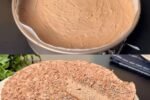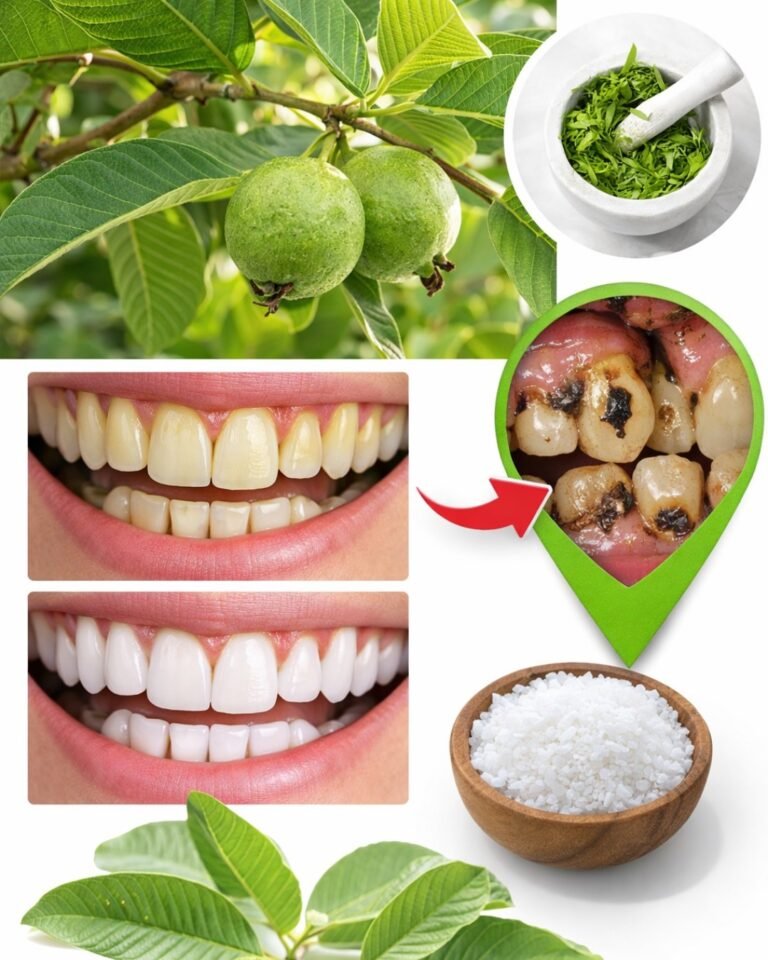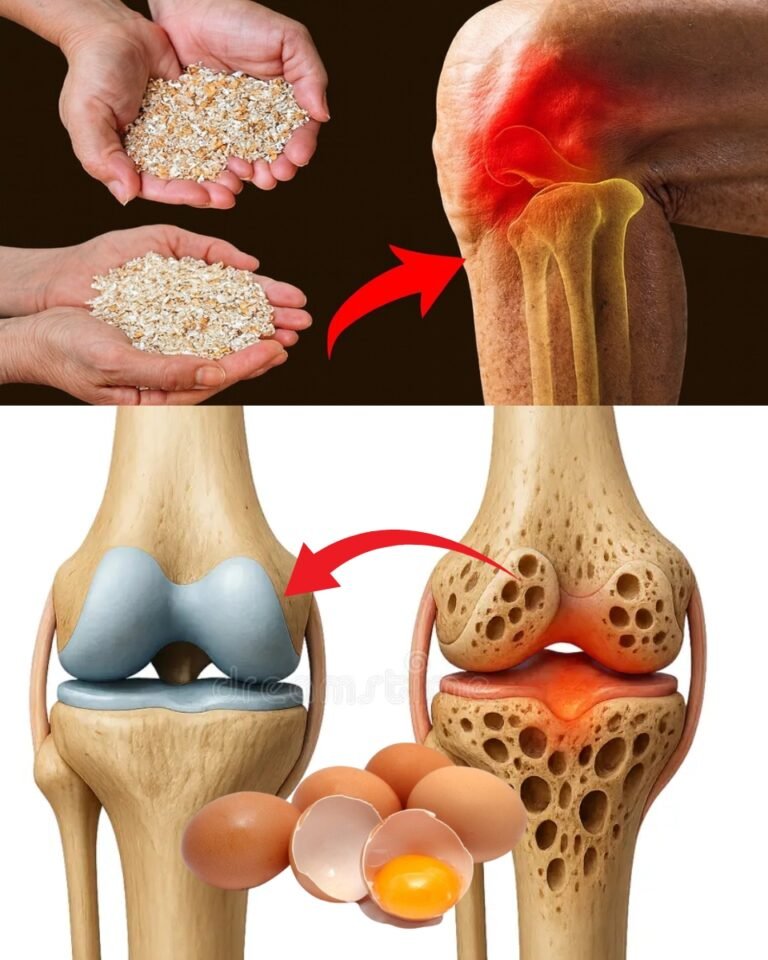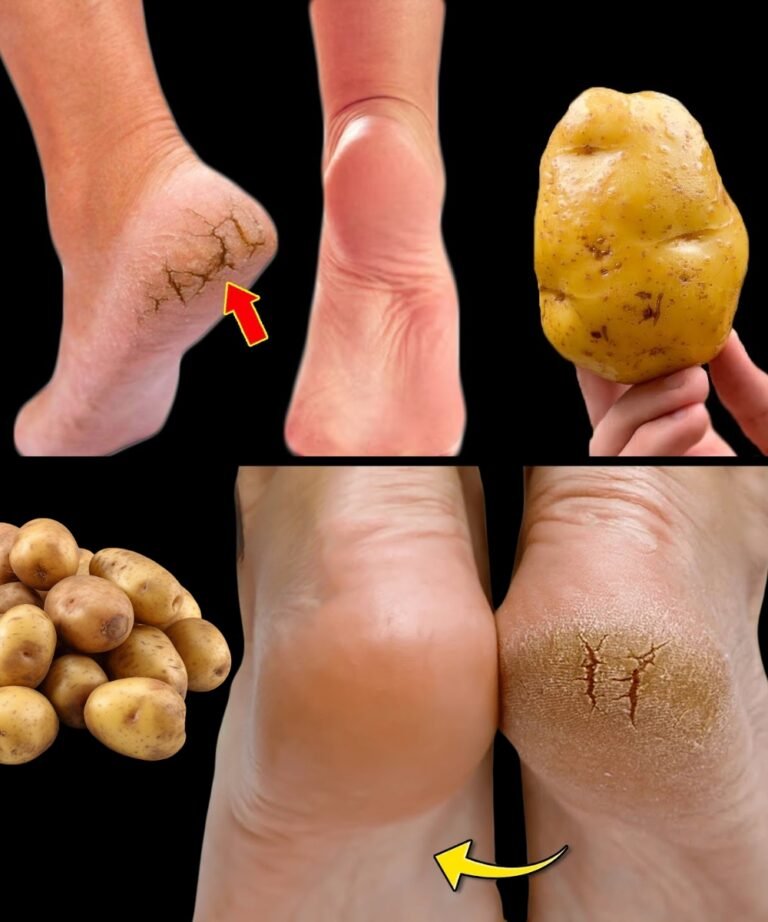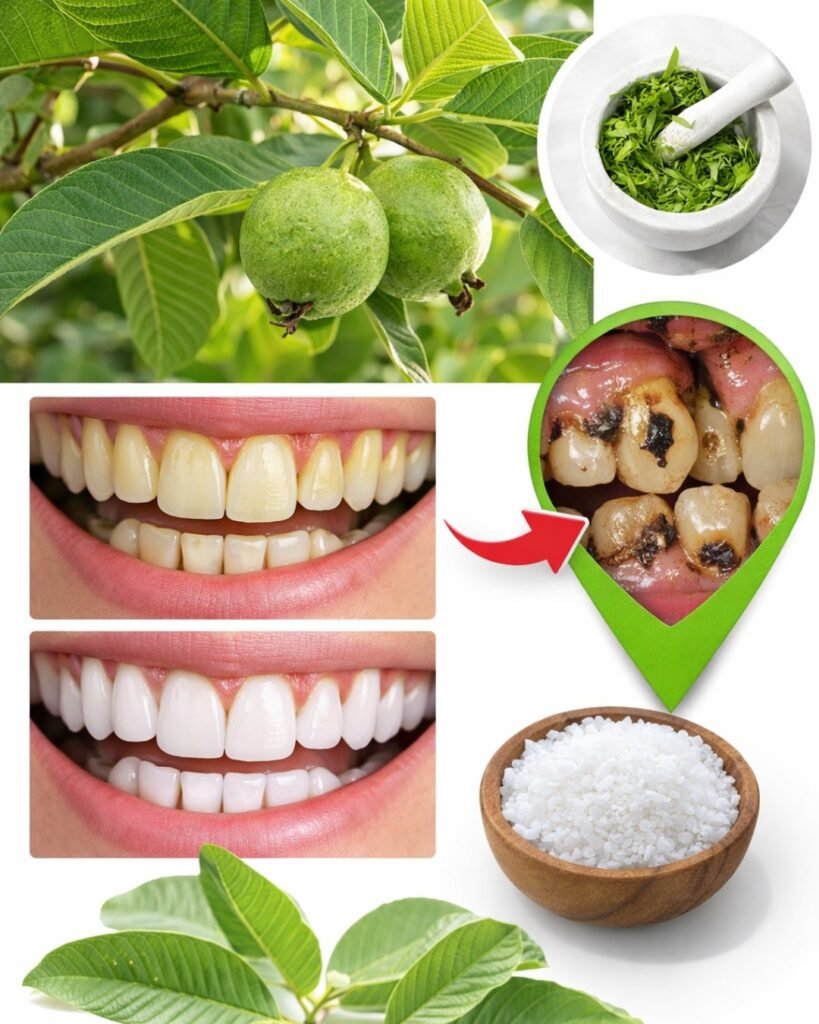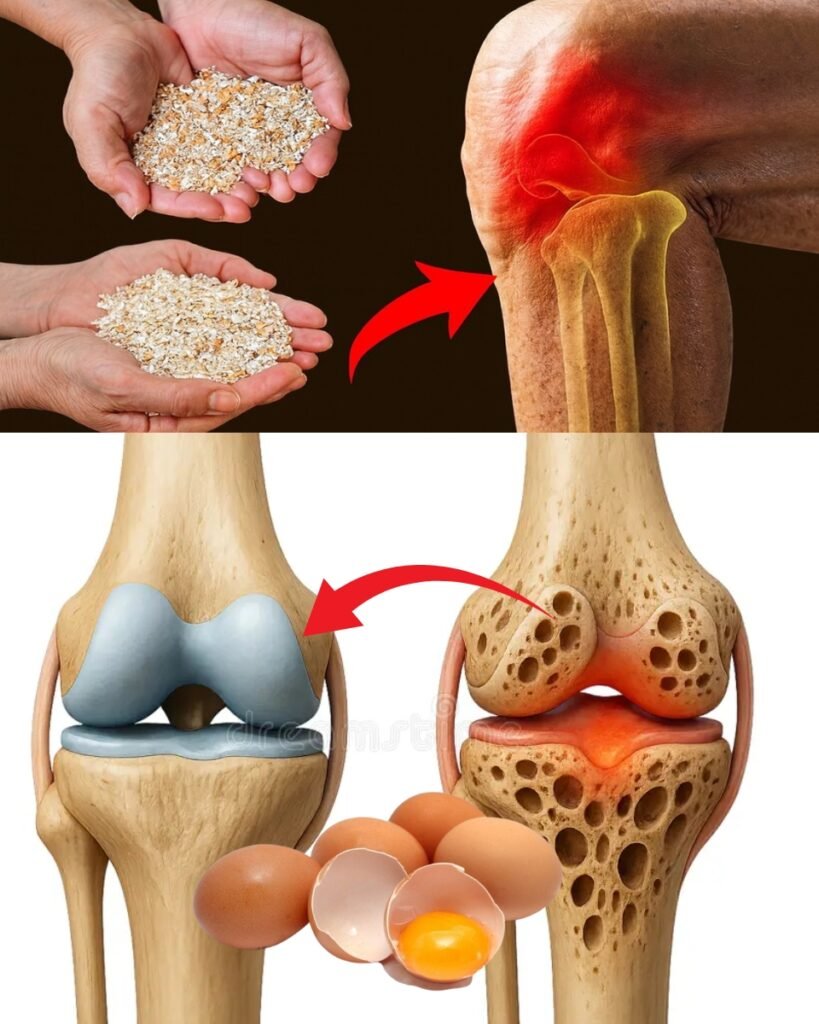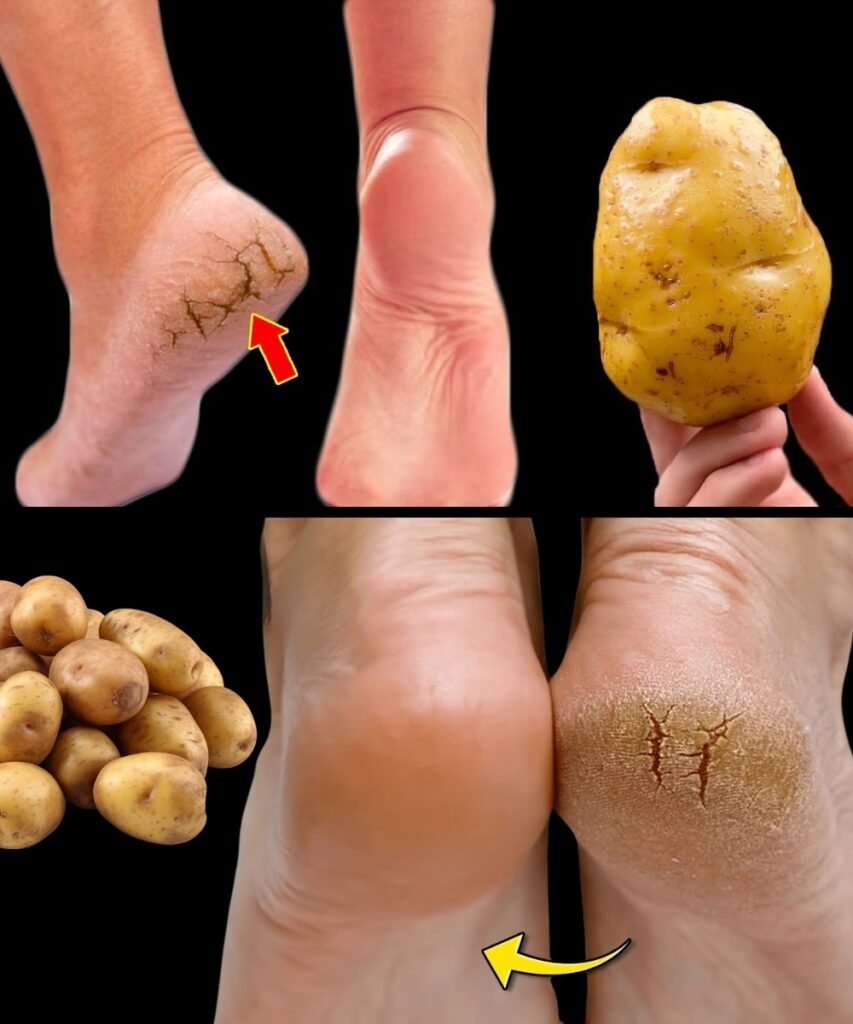Carob is considered a superfood and can be a good substitute for cocoa chocolate.
Fruit of the carob tree, native to the Mediterranean coast, carob is a pod whose pulp, when roasted and ground, becomes an excellent substitute for cocoa chocolate.
Carob powder chocolate, however, has a significant difference compared to cocoa powder.
Carob is an edible pod, similar to beans, dark brown in color and with a sweet flavor, which measures around 10 to 20 cm in length and takes around a year to mature.
Inside this pod, there are 10 to 16 seeds, or carats, which in ancient times were used by merchants to assess the weight of jewelry, due to their light weight and uniformity.
Properties of carob
These are the main properties of carob:
- The bark of the tree is astringent, anti-inflammatory and antirheumatic.
- Carob pulp has the same astringent properties as the peel, and is also antidiarrheal and digestive. Its high pectin content also makes it bactericidal, antiviral, coagulant, anticancer and a good remedy for cholesterol.
- Carob pulp is also slimming and helps reduce hunger.
- Locust bean gum has an anti-regurgitation effect in babies
How to consume carob
Carob can be consumed in several ways.
It is most commonly found in the form of roasted powder or carob flour.
You can consume this powder simply by adding it to hot liquids as it is soluble in them.
A great suggestion is to add the powder to hot milk, as a natural substitute for cocoa.
In confectionery, it can be used to make sweets, cakes and cookies.
These will have a darker color than normal and an intense flavor.
To get your palate used to it, we can introduce it in small quantities.
There is the option of eating carob raw, as it is considered a superfood and is especially appreciated by followers of raw diets.
To do this, we must look for whole or ground carob beans that have not been roasted.
The main benefits of carob
Diabetics can benefit from its consumption, as its high fiber and protein content helps reduce blood sugar levels after meals.
However, as it also contains carbohydrates, this must be taken into account to better adjust the quantity.
If you are diabetic and want to consume carob, first consult your doctor about how to best use it in your specific diet.
-Those who are trying to lose weight will discover that this legume allows them to prepare sweet products without large amounts of sugar, which helps to make the diet more bearable, without incurring a high calorie consumption.
-Carob flour, which is made from the seed, is widely used in the food industry, mainly in the preparation of ice cream and confectionery, as it is an excellent thickener.
Furthermore, carob as a substitute for chocolate is also a great option, as it has a lower fat content.
Consuming carob powder helps reduce blood cholesterol levels , especially LDL (bad cholesterol), thanks to its high tannin content.
Carob is also useful for diarrhea caused by viruses or bacteria, because when consumed regularly, its bactericidal and virucidal effects are noticed in our intestines, in addition to containing fibers that help to restore intestinal transit.
Additionally, carob cream is a proven remedy for vomiting and regurgitation in babies.
Consuming it helps children reduce the number of regurgitations, without affecting digestive processes (but consult your pediatrician first).

